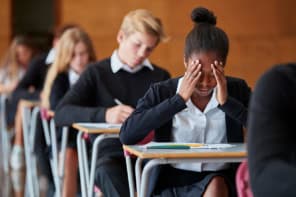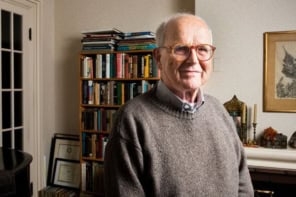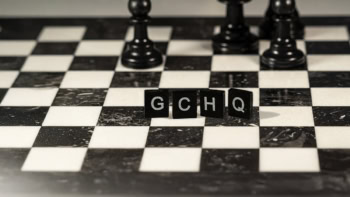Many schools and colleges encourage their students to do work experience to see what the working world is like. Naeya Mistry, who is doing an A-level in physics, recently got a placement at the Institute of Physics to find out more about its activities and learn how physics can be applied beyond school




